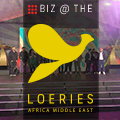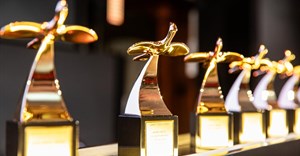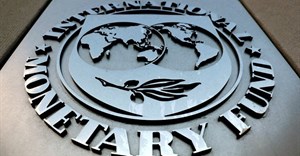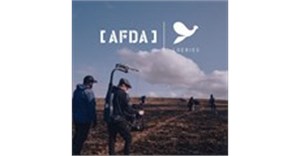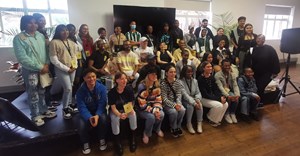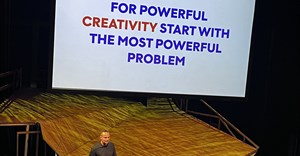Trending
#Loeries22: The Idea; the what and the why of the industry
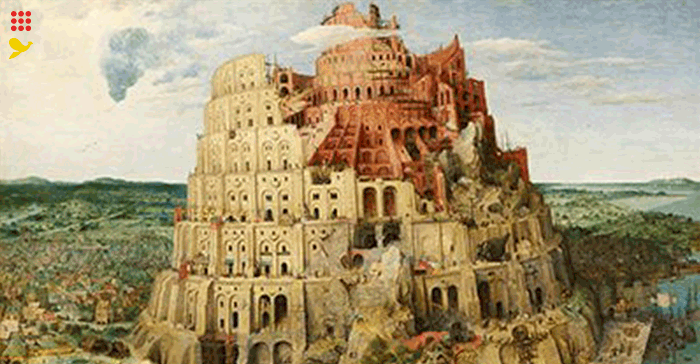
Addressing the audience at the Loeries International Seminar of Creativity held at Cape Town City Hall, O’Kelly spoke about how she grew up in a single culture environment, only exposed to other languages and cultures when she was 23 years old and had moved to Johannesburg.
“In my first year in advertising, the Johannesburg culture shocked me,” she states. But it was her lack of exposure to other languages and cultures that became a source of frustration she explains.
“When I asked my boss for a raise, I ran into his office, stated “sorry to bother you but I don’t make enough money” and ran out again. The next day he doubled my salary.”
"It was not the lack of money that was traumatic, but my difficulty in expressing myself."
But, she adds what it did do was forced her to keep her language simple. It made my message to him very clear.”
However, her biggest language challenge came when she moved to London and worked with an English-speaking colleague. “We could barely understand each other.”
Then after 25 years in the industry, she moved to the US and again the issue of language reared its head. “When lockdown came this was a real issue. I had to remind myself to breathe and keep my language simple.”
Building the Tower of blah blah
This experience led her to think about agencies and its language and culture. “We have so many specialists in our agencies and they all speak different languages.”
She says she has counted eight languages in the industry. Add to that the different speaks such as GenZ etc then there are 660 different language versions.
The result is that our ideas are getting lost in the nuances of our agencies, and we are left with an end product we don’t even recognise.”
To demonstrate this she examined one of the most ambitious projects ever done, the Tower of Babel. “It was so successful that even God noticed it.”
In particular, she examined the painting of the Tower of Babel Pieter Bruegel the Elder.
"The Tower was built by a sea of people who were a large diverse and multiskilled team that represented all trades over a long period of time.
This one team spoke one language so they understood each other all the time. They had a shared vision so everyone was aligned and no one went off on a different tangent," she says.
So, what went wrong? “According to Genesis, God put an end to this common language that united them. The result was confusing and they went from knowing what they were doing and why to being lost and so the project failed.”
This, she says, is what is happening in our industry. “We are not building the Tower of Babel, but the Tower of blah blah. It resembles the dream we had, but it has no relevance to the idea at the start. We don’t know what or why we are building anymore.”
O’ Kelly says we need to go back to one language. “That is the language of the idea. When we speak ideas we strip away all the layers that make up a project and all that is left behind is the idea, the what and the why.”
Examples of the what and the why
“Don’t think of projects in how they are dressed up,” she says. “For example, the unfiltered history tour by Dentsu Creative is (what) simply a secret museum tour to (why) prove that history has another side.”
An example she shows is the Cadbury, celebrations, Shah Rukh Khan my ad 'NotJustACaburyAd'. “The what is that it is a gift to small local stores. The why is to make them viable during Diwali.”
She says, “A naked idea that can stand up by itself. Google’s real tone’s what is a new camera that (the why) accurately reflects all skin tones. It is product innovation, and it’s that simple.”
“Design strips things down to the simplest thing, as Lesso Lessons demonstrates,” she says.
O’Kelly says we need to come back to the what and why. “Apply the blah blah filter before you build. If you whisper an idea in a meeting, everyone gets it, then go build it, but remember what you are building and why you are building it.”
- Official site: www.loeries.com, Facebook, Twitter, Instagram
- More info: Loeries Creative Week, Bizcommunity search, Google, Twitter








